Nioh 2 Guide: The best tips & tricks for getting started
In this Nioh 2 guide you will learn:
- What the story is about
- How the gameplay looks like
- What you have to pay attention to in the fights
- The skill and loot system
- How the multiplayer works
Nioh 2 is a very demanding game that will take you to a world full of Japanese myths and heroes as a samurai warrior. To prepare you well for the game, we'll give you a basic overview of the pitfalls and gameplay mechanics below.
The story of Nioh 2
The events of Nioh 2 take you to the Sengoku period (1477-1573) of ancient Japan. 50 years before you played through the events of Nioh 1 as William Adams, this time you take on the role of an unknown protagonist who is half human and half Yokai.
Yokai are mythical creatures of Japanese mythology and appear as monsters, ghosts and demons. The different Yokai, apart from the human opponents, represent the main group of your adversaries.
A dangerous Yokai from Nioh 2.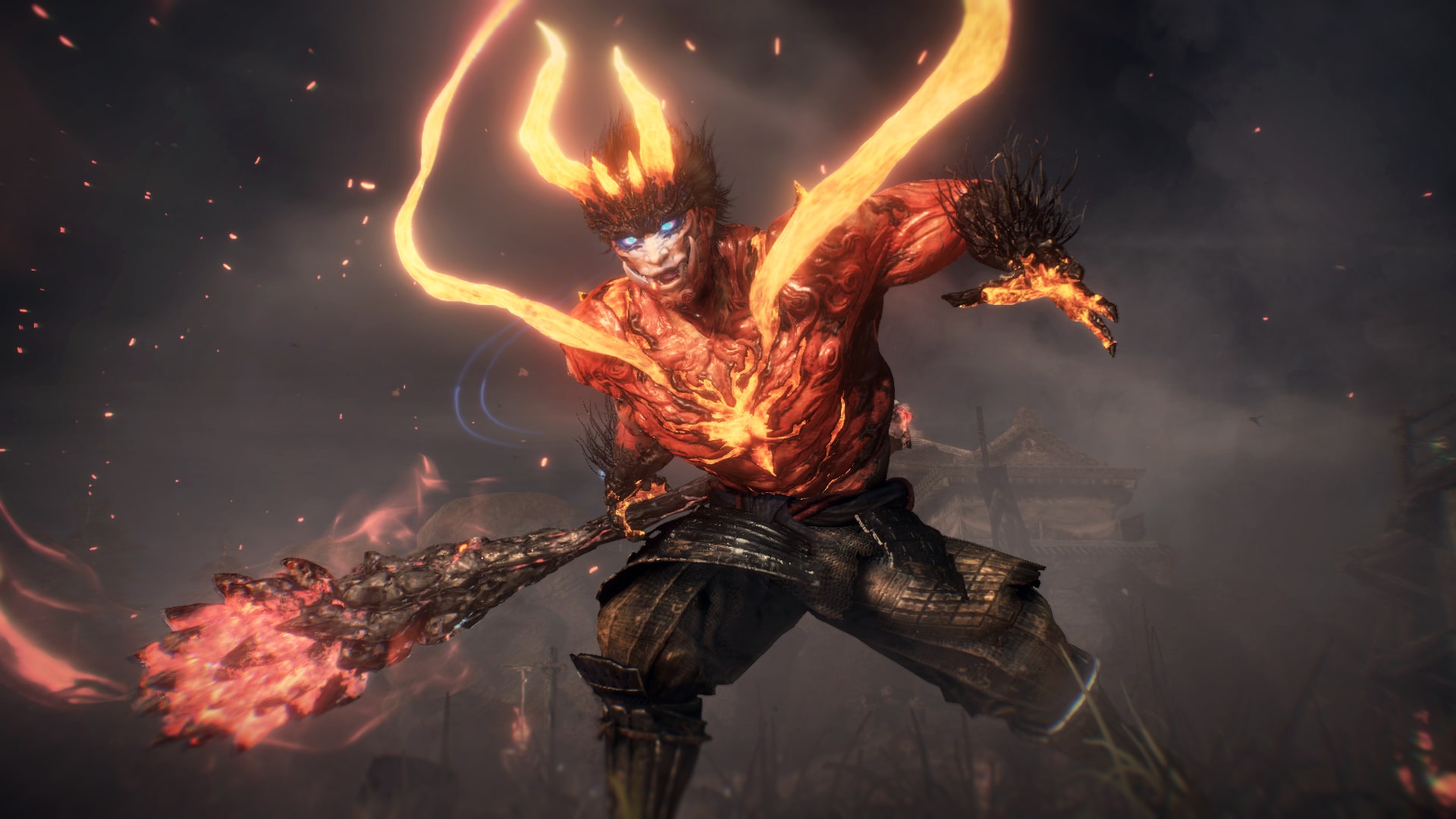
In the game you'll meet the three legendary empire unifiers Oda Nobunaga, Toyotomi Hideyoshi and Tokugawa Ieyasu, all powerful generals and politicians who ended the era of the contending empires and helped found the pre-modern Japan of the Edo period. Still, the story in Nioh 2 remains fiction and uses only a few historical elements to tell an exciting fantasy story.
Character creation in Nioh 2 - Goodbye William
In Nioh 2 you have the possibility to create your own character for the first time. The character editor is one of the most extensive of its kind and lets you customize and change every little detail of your character. Apart from gender, appearance and size, you can also determine the appearance of your three Yokai forms.
Another special feature is the possibility of adopting the look of other players. Each created character gets an individual code that you can share with other players. There are already several pages on the Internet with codes for elaborately designed characters that let you play as Solid Snake or Harley Quin, for example.
If at some point you are no longer satisfied with your character's appearance, you can change it at any time and for free in your hut, which you can find via the map's starting point.
Gameplay and combat system in Nioh 2
In its basics, Nioh 2's combat system is reminiscent of other games from the Soulslike genre. You target the enemy and after successfully dodging or blocking, you start the counterattack. All three actions consume Ki, which in this game corresponds to your stamina and is replenished only slowly.
With the help of a perfect ki pulse, you can speed up this process and restore the previously consumed ki. To do this, you'll have to press the corresponding button at the right moment after your attack. The ki pulse has another function and allows you to clean Yokai dirt.
Yokai smudges are marked as small black puddles and can be summoned by all Yokai opponents. If you stay in such a puddle, ki regeneration is greatly reduced. With the help of a perfect ki pulse, you can remove the pollution.
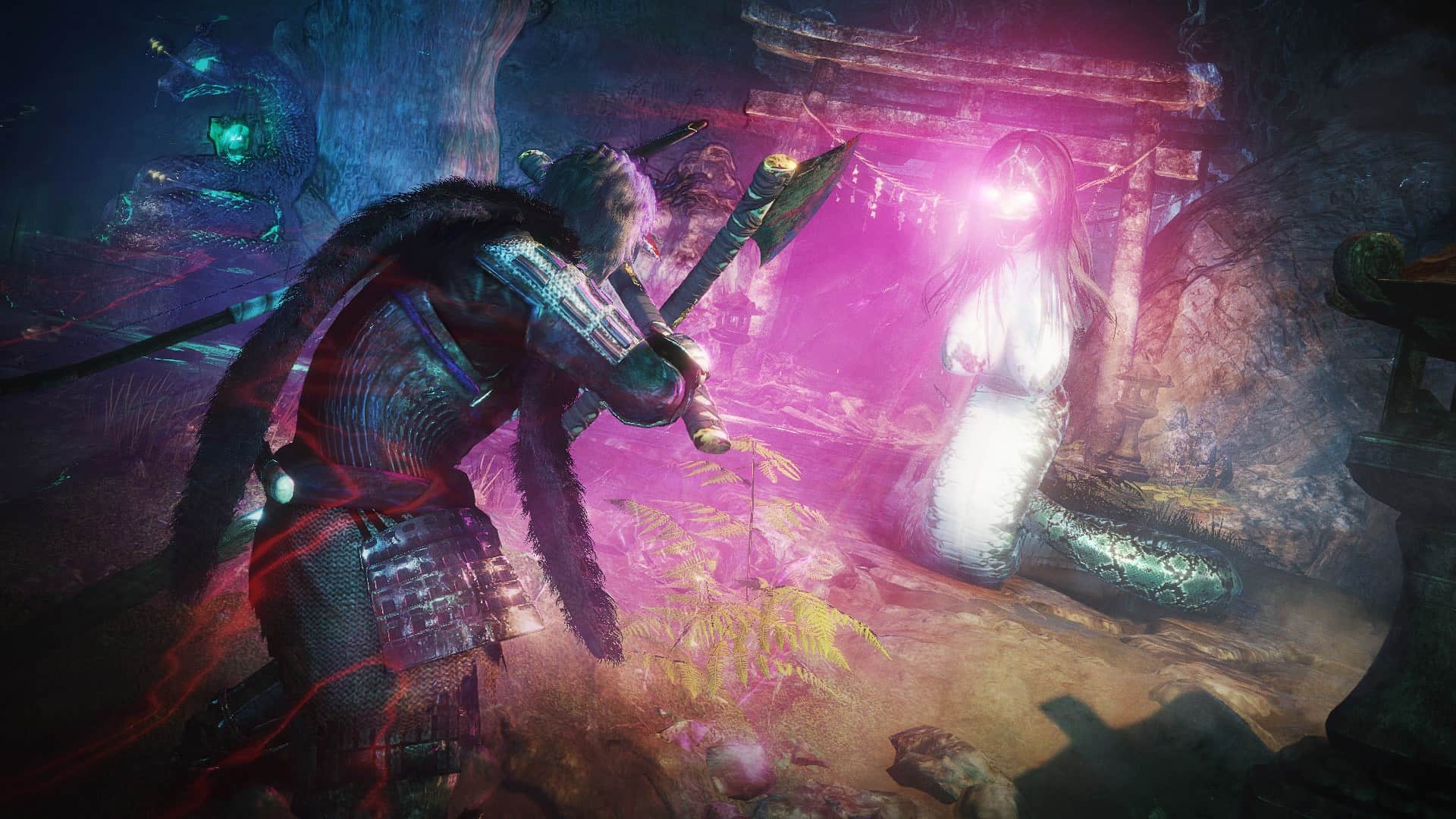
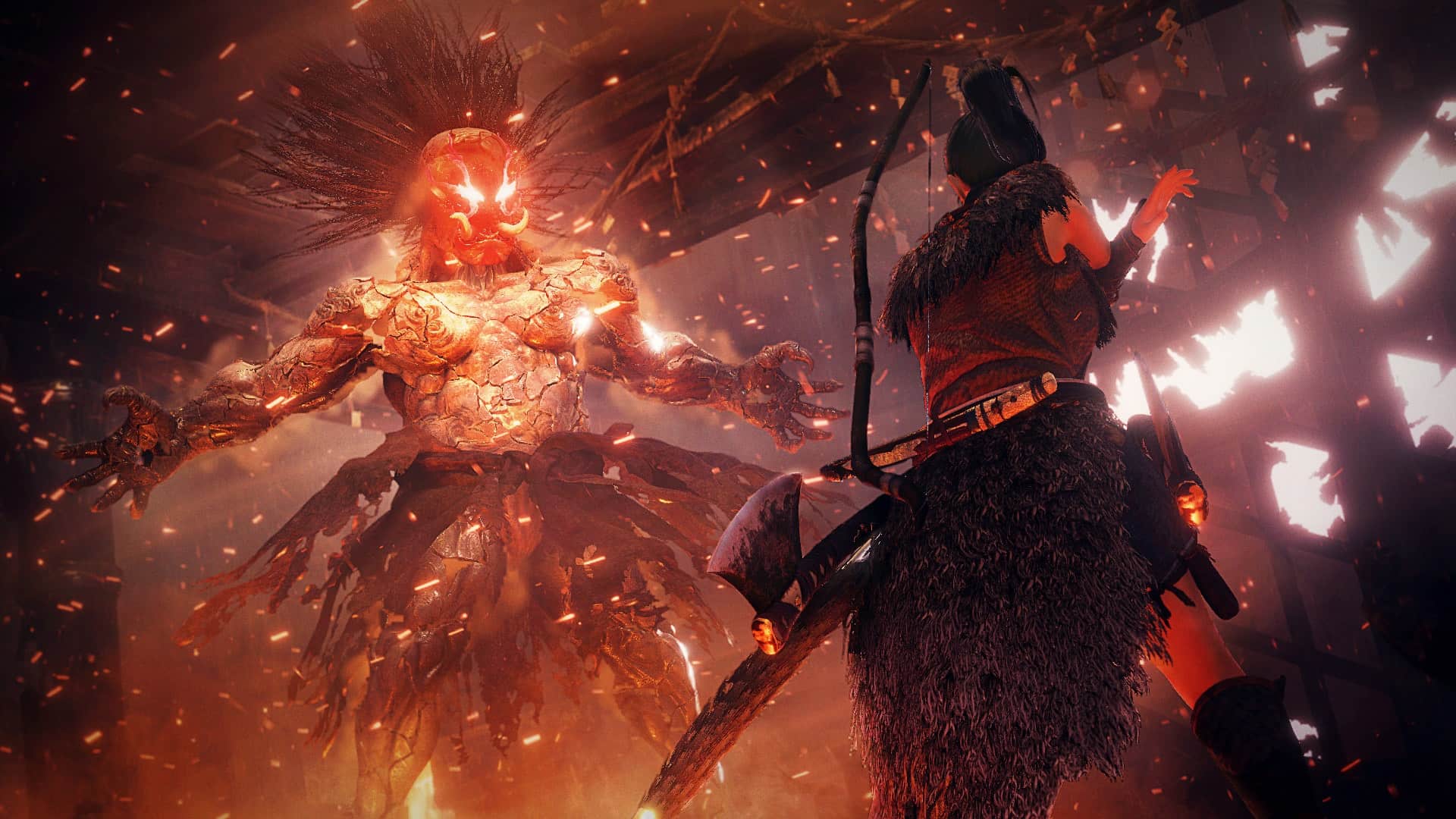
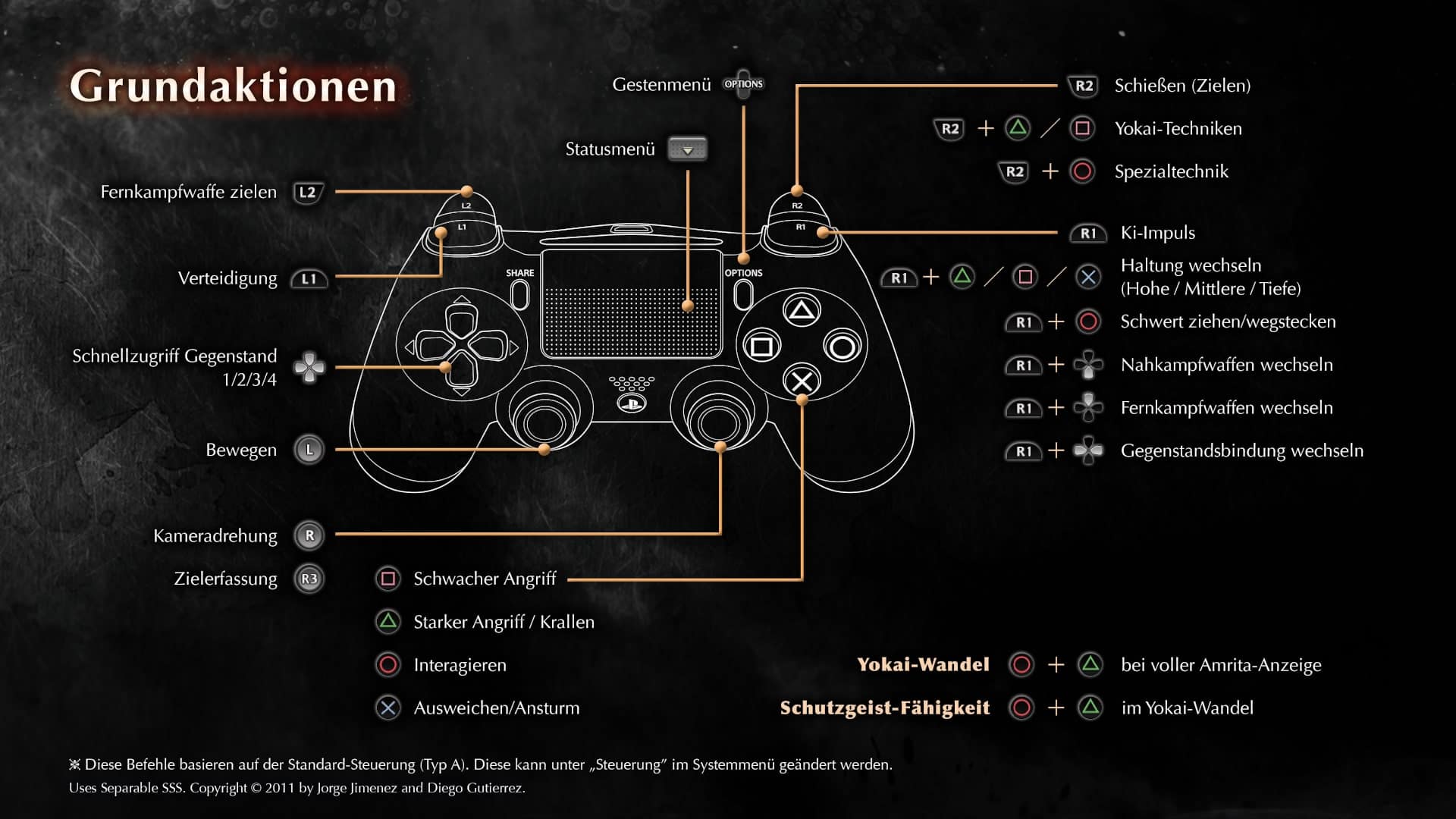
In addition to the familiar weapons from the first part, the sequel includes the two new weapon types Gleve and Twin Axes. The total of nine different weapon types all differ in the move set and their skill tree.
A unique characteristic of the game is the three different stances of your weapon. Each stance has its own move set and access to unique weapon skills. Each stance has its own advantages and disadvantages:
- Low stance: in the low stance, you have the highest possible dodge distance. You have the highest attack speed, but the lowest damage per hit.
- Medium Stance: In Medium Stance, you have a moderate dodge distance. This stance is best for blocking. You have moderate attack speed and average damage per hit.
- High Stance: In the high stance you have the shortest dodge distance. The attacks of the high stance are very slow, but allow the highest possible damage per hit.
The story in Nioh 2 is full of surprises.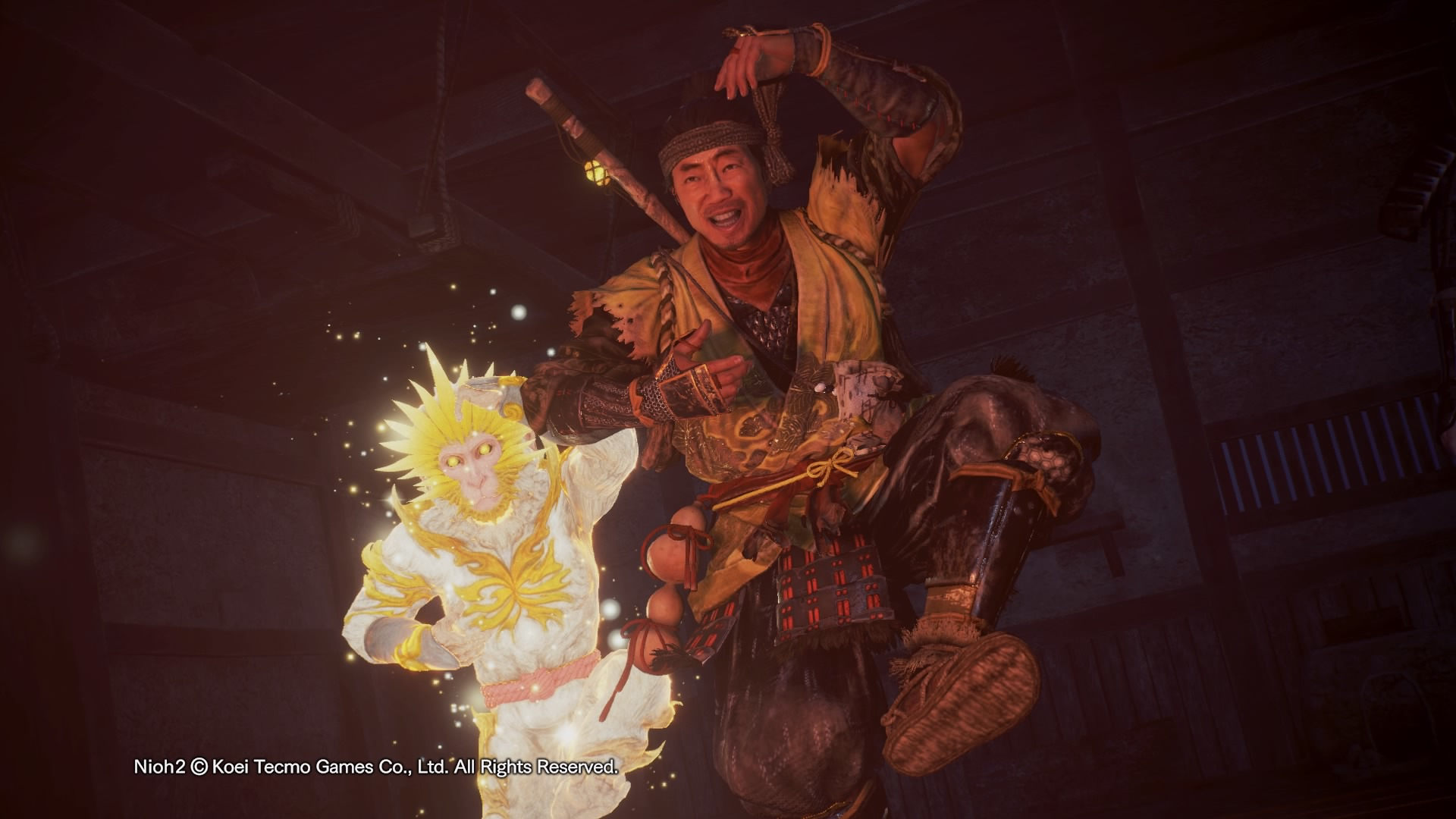
To improve your abilities, you'll need Amrita. You'll get Amrita after each successful kill, or using spirit stones, which you can find everywhere in the game world.
With the won Amrita you then go to the next shrine, which serves you as a checkpoint and leveling station similar to the Bonfire in Dark Souls. In Nioh 2 there are eight different attributes, whose level you can increase with the Amrita and thus rise in level.
How to properly approach battles and bosses in Nioh 2
In principle, you should have a lot of patience and take your time. Every enemy in Nioh 2 is a challenge, and careless actions can lead to death very quickly.
You should fight enemies one by one, if possible. With a well-aimed stone, you can draw the enemy's attention to you and isolate him from other possible sources of danger. You set the scene of the battle, not your opponent.
Nioh 2 is one of the hardest games in the Soulslike genre.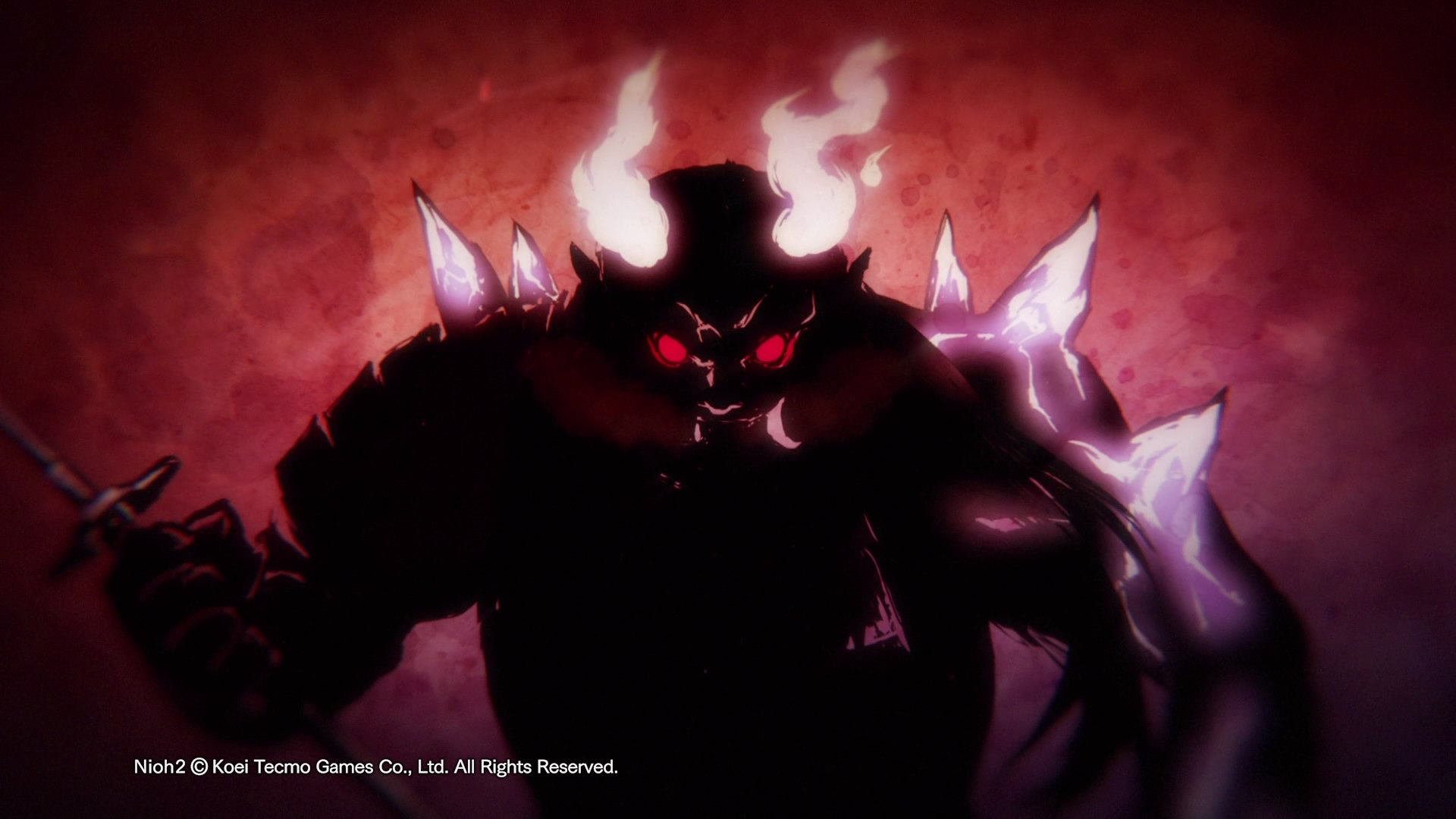
You should also always be aware of possible ambushes. There could be enemies hiding behind upcoming corners of houses or on deceptive ledges, just waiting to stab you in the back when you're busy with their colleagues.
The boss enemies in Nioh 2 will present you with the greatest challenge and demand everything from you. Here it's important to rehearse the attacks of the monsters and know exactly when to counterattack. Our boss guide will tell you everything you need to know about the bosses.
The skill system in Nioh 2
The skills in Nioh 2 can be divided into five categories: Samurai, Weapons, Metamorph, Omyo Magic and Ninja. Each of these categories has its own extensive skill tree. Samurai and Metamorph points should be obtained easily through regular play.
To get points with the weapons, you'll have to use them as well. For example, if you only play with the katana and odachi, you will only get skill points in those two trees. Points in Omyo Magic are earned by using a mage's lock of hair. Points in the ninja tree you get by the lock of hair of a ninja.
The skill tree for the double sword in Nioh 2.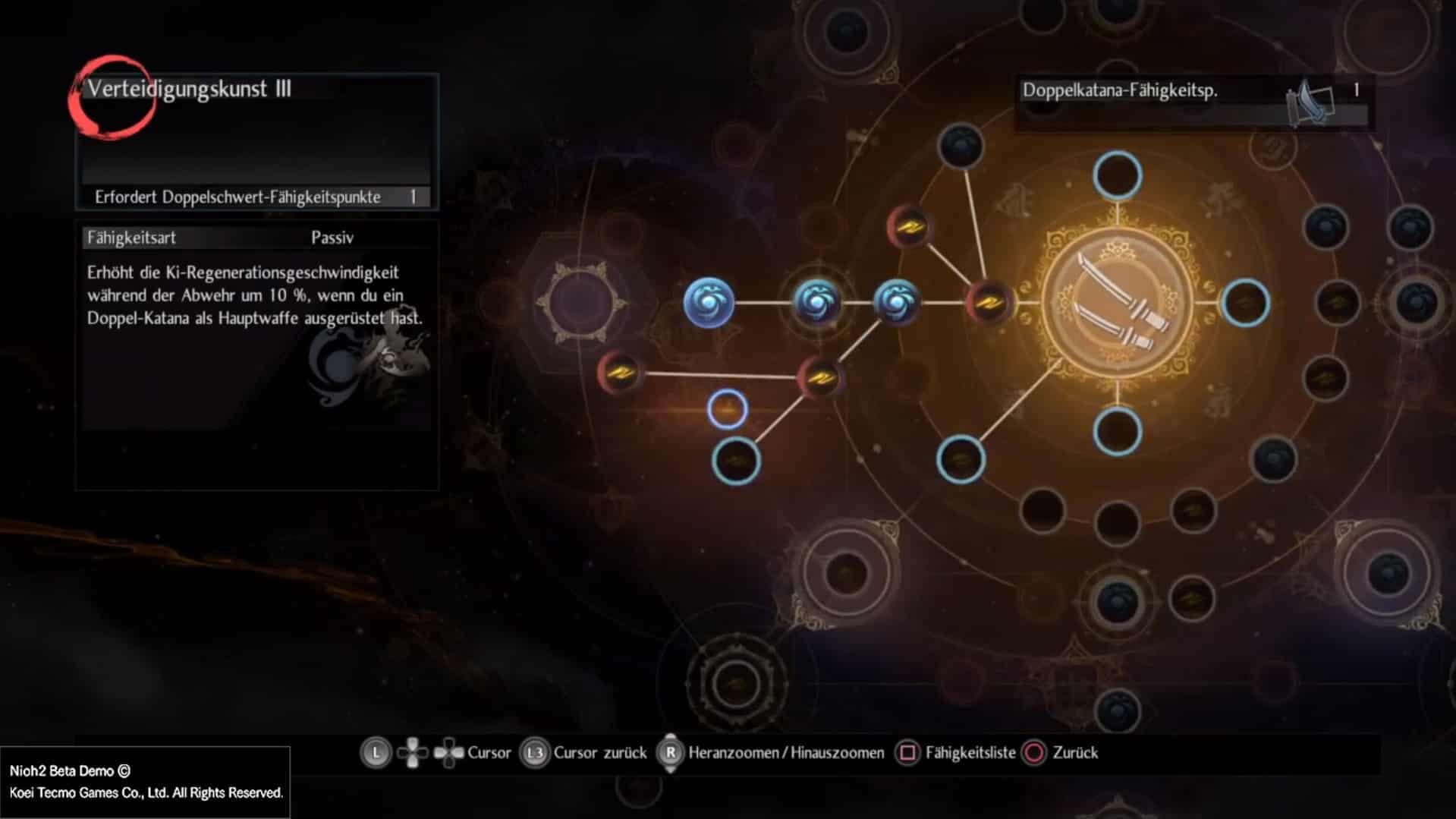
In the Samurai Tree you'll find improvements for basic things, such as increased ki regeneration. The Metamorph Tree improves your Yokai form, or increases your resistances to the Dark Realm.
In the Omyo Magic Tree you'll find useful spells to strengthen your weapons and weaken enemies. The ninja tree provides you with throwing weapons, bombs or poisons to damage the enemies. Here you can also unlock useful ninjutsu to affect your environment.
How does the loot system work?
You can get loot from enemies, through chests, from the tombs of other teammates, or in the forge that you find at the starting point of your map. There are countless special effects that you can get from your equipment. That's why you can easily lose track of them.
There are several ways to deal with superfluous loot. First of all, you can sell the stuff, of course. Then you have the option of having items disassembled in the forge to get components for other forge recipes. The rarer the disassembled equipment is, the better the component you get.
Weapons that have good stats but bad special effects can be "tempered" at the forge. You can use Umbrazite to give the weapons new special effects. Umbrazite is obtained by dismantling other equipment.
The complexity of Nioh 2 sets it apart from its genre relatives.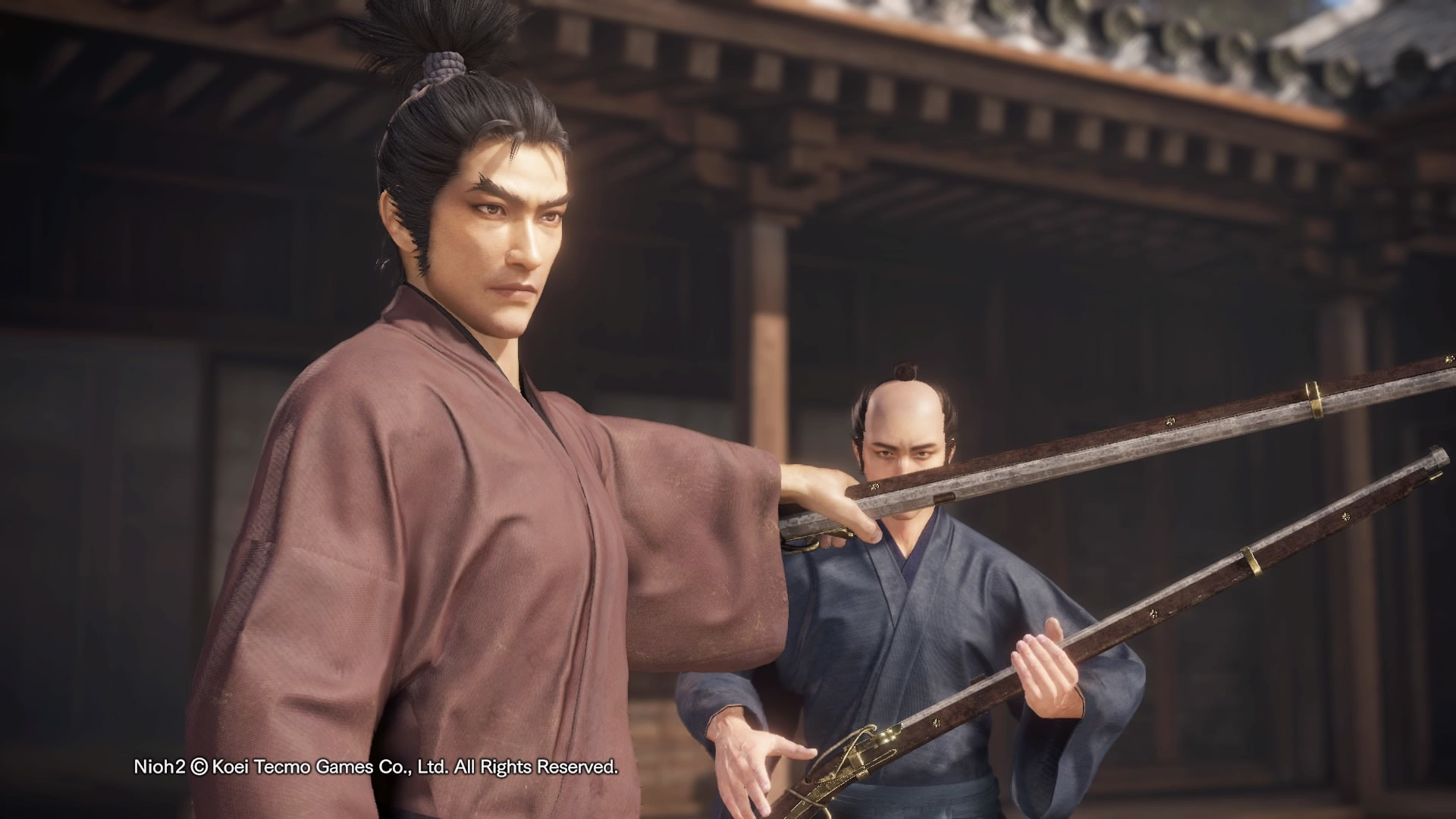
Another possibility to get rid of your trash can be found in the shrines. There you can sacrifice equipment to the Kodamas to get elixirs or other gifts.
How multiplayer works in Nioh 2
As before, there is no real multiplayer like in similar action role-playing games. Only individual bosses and areas can be defeated by visiting worlds in the other games. So you can play Nioh 2 in co-op mode.
The bloody tombs from the first part let the player fight against fallen NPC versions of real players. In Nioh 2 (), benevolent graves are now added. At these, you can summon benevolent player NPCs, who will then fight alongside the player until the level is completed or they die.
More guides to Nioh 2:
Visit us on Facebook and Instagram to discuss your favorite games.
